Evergrande is a warning about the future direction of China’s economy
Although we have yet to find out what happens when China sneezes, we may not have to wait long.
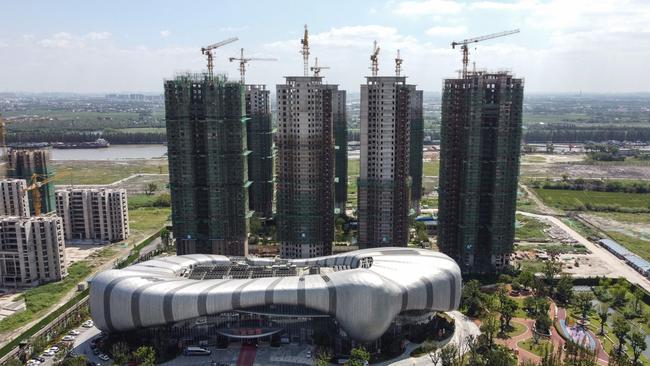
No one has yet got rich betting against China. For all the predictions over the past two decades that the construction boom that has underpinned its breakneck development is a bubble ready to burst, the Chinese economy has powered on, hauling the global economy back from the brink of the two biggest financial shocks in modern times: the global financial crisis of 2008 and now the Covid pandemic. So those speculating this week that the expected bankruptcy of Evergrande, the second largest Chinese property developer with debts of 300 billion dollars, might mark a Chinese “Lehman Brothers” moment were always tempting fate. As the old saying goes, the market can stay irrational longer than you can stay solvent.
In the case of Evergrande, the immediate crisis has been averted by the company paying the interest falling due on some of its bonds on schedule. That has raised hopes that it also will find the money to pay the interest on an even bigger slice of debt due today. Fears that it might default had sparked the biggest fall in global stock markets for months on Monday, with the S&P 500 falling by 1.7 per cent in its worst four-day run since May. Even though Evergrande’s financial problems were long-standing, the bankruptcy of such a vast enterprise could have triggered contagion as the market priced-in expectations of losses spreading to other property companies and banks, causing economic activity to stall.
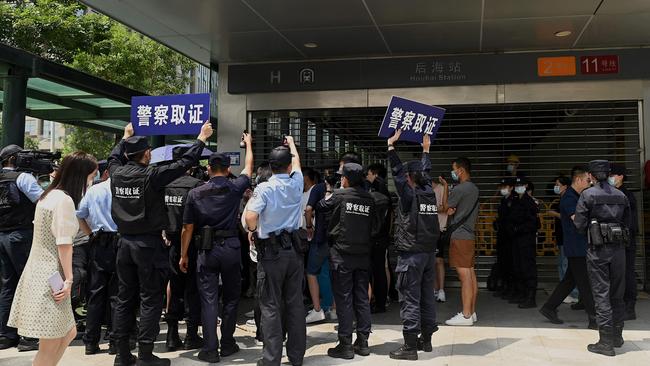
Yet whatever deal Evergrande may have struck with its state-controlled lenders, this episode has been a wake-up call to global investors. One should always be wary of claims that “this time it’s different”, but there are reasons to be cautious about what lies ahead for the Chinese economy. That is not simply because the situation at Evergrande remains uncertain. There is little doubt that losses will have to be taken and that it will fall to Chinese policymakers to decide who should bear them in a way that does not trigger panic. The bigger concern is that China’s economic model is changing in ways that could have profound implications for growth.
This change in economic model is partly driven by necessity. Beijing has long recognised that it needs to rebalance the economy away from its reliance on property, which both crowds out other sectors and is in any case reaching bubble-like proportions. According to Kenneth Rogoff, a professor of economics at Harvard, real estate and property services now account for 29 per cent of Chinese GDP, similar to Spain and Ireland at their pre-crisis peaks, while the square feet of housing per capita in China now rivals that of much richer countries such as Britain and France. By some estimates, China now has 90 million units of empty houses. A clip widely shared on social media this week showed an entire development of recently built empty residential skyscrapers being demolished.
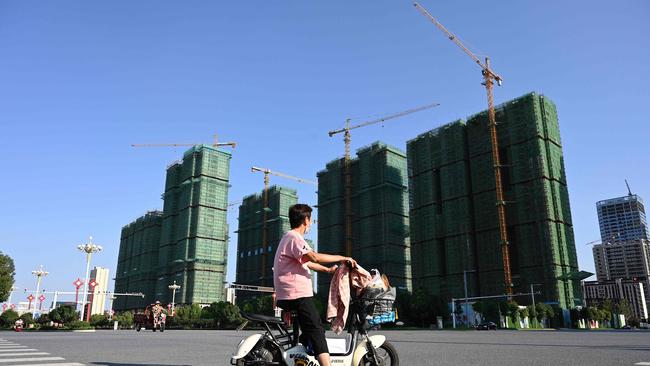
Indeed, Evergrande’s difficulties are in part a result of Beijing’s deliberate efforts to curb the sector by imposing tighter regulatory lending conditions on banks. As a result, most large developers have been reducing their leverage over the past year. Banks also have been ordered to boost their capital to withstand an increase in non-performing loans in the property sector. Deflating a property bubble is never easy and the risk of a policy mistake is high. One problem is that property developers have been getting around lending curbs by pre-selling flats to buyers before they have been built. The disaster scenario, notes Adam Wolfe of Absolute Strategy Research, is a spiral in which buyers hold back, causing the property sector to contract, with knock-on effects to other industries, which in turn would hit income and further hit property prices. Think Japan in the 1990s.
The second reason for concern is that China is trying to curb the property sector at the same time as it is trying to engineer a much more profound shift in economic model. “Common prosperity” has been a core objective of the Chinese Communist Party since the 1950s, but it has been interpreted to mean different things at different times. After the Deng Xiaoping reforms of 1981, the party decided that common prosperity could be achieved by “allowing some peasants to get rich first”. But President Xi said in August that common prosperity would now mean a more equal society. This has manifested itself in crackdowns on everything from technology companies to private education providers to gaming companies to bitcoin miners and crypto exchanges.
Quite where this ideological shift is leading is an open question. There is a rare public debate even within China about whether it constitutes simply a shift towards reducing inequalities and providing a better social safety net, essential to maintain public support for communist rule, or whether it heralds a more radical revolution. What is certain is that Xi’s crackdowns have already wiped over dollars 1 trillion off the value of Chinese assets on domestic and foreign exchanges. Again, the risk of a policy mistake remains high. New progressive taxes, including a property tax, could trigger that downward property spiral. And to the extent that the new agenda involves greater state intervention, it risks the fate of all socialist planned economies: lower growth, less innovation, less efficiency, greater misallocation of capital and ultimately less income to redistribute.
Inevitably, this has profound implications for the rest of the world. China was the main contributor to global growth over the past decade and is central to hopes of a robust post-pandemic recovery. Its rapid rise fuelled a commodity boom that lifted many developing countries out of poverty. The last time Beijing tried to cool its property market in 2015, it triggered a global market sell-off and hit the growth of advanced economies. Today the Chinese economy is much larger so the impact of any slowdown can be expected to be greater.
Ominously, recent surveys suggest that growth may be stalling, with manufacturing and services in contraction territory. It used to be said that when America sneezes, the world catches cold. We have yet to find out what happens when China sneezes.
The Times


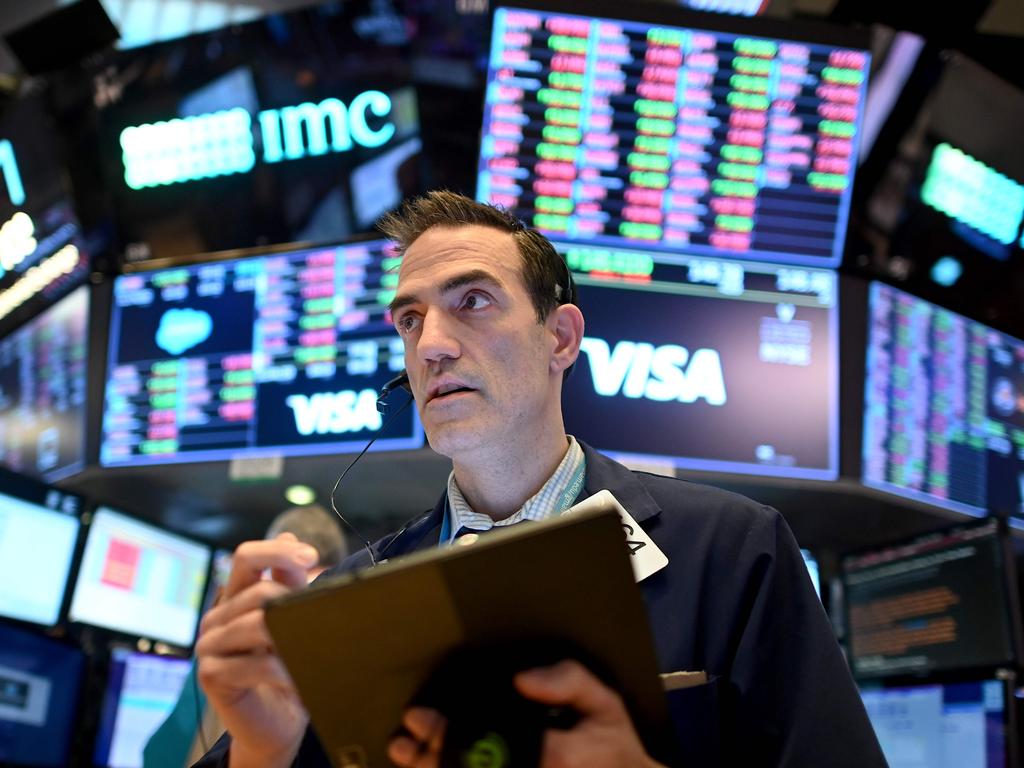

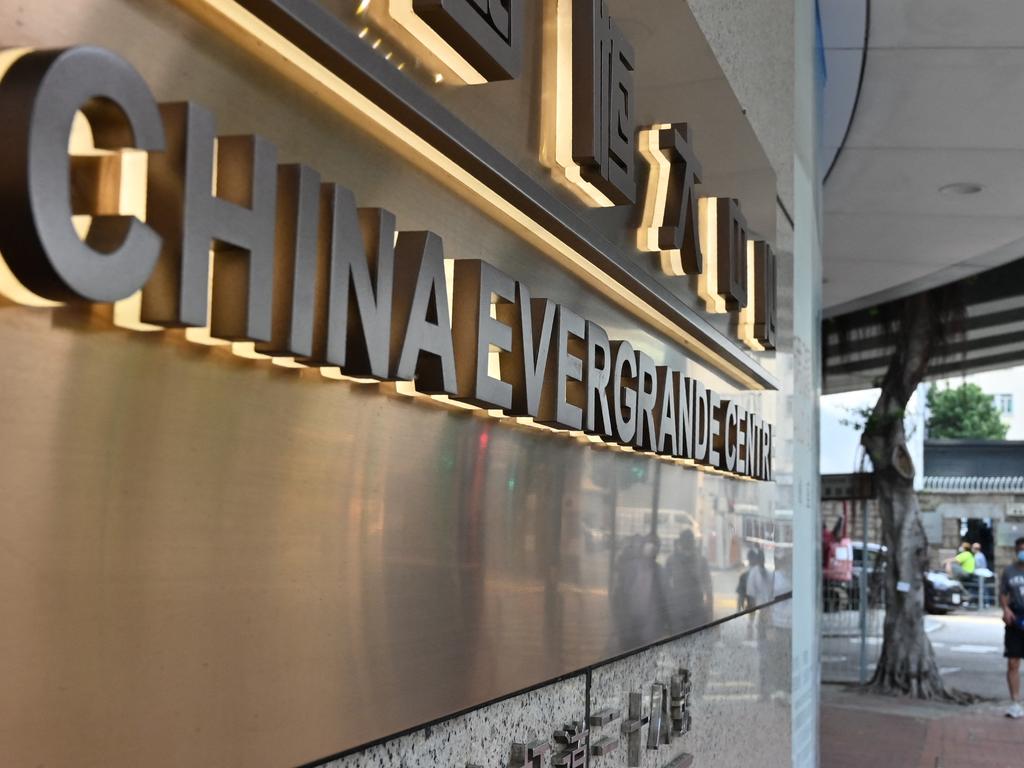


To join the conversation, please log in. Don't have an account? Register
Join the conversation, you are commenting as Logout